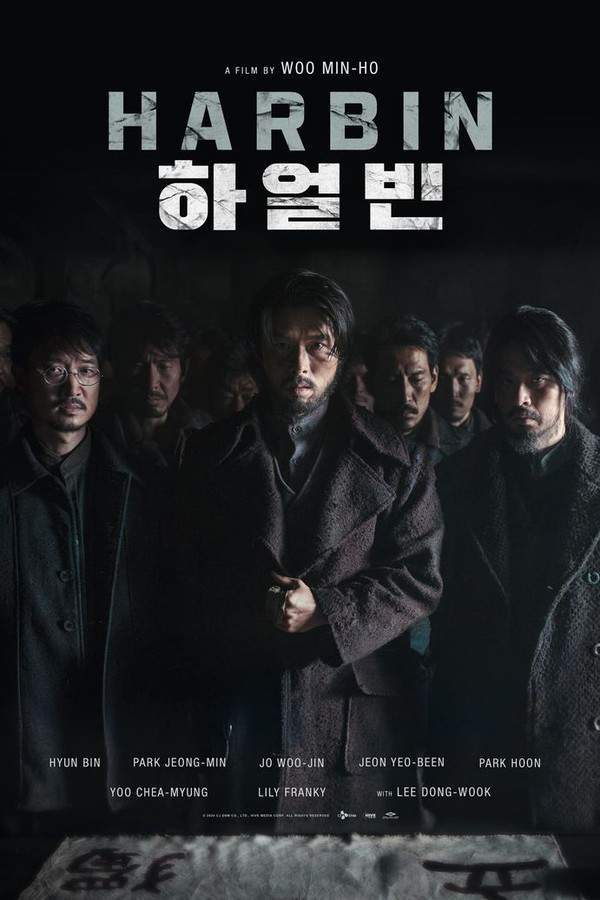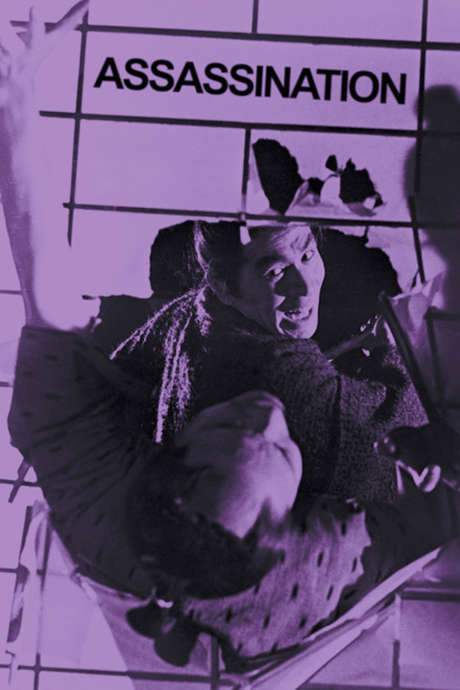
Anarchist from Colony
Year: 2017
Runtime: 129 mins
Language: Korean
Director: Lee Joon-ik
During the Japanese colonial era, a compelling group of anarchists rises up to challenge the existing order. Based on the life of Korean anarchist Park Yeol, the film explores his fight against the government's actions during the 1923 Great Kanto earthquake, a period marked by the massacre of Koreans. It focuses on his leadership of the Bulryeongsa, an anti-Japanese organization, and his complex relationship with Japanese comrade Fumiko Kaneko, highlighting their shared ideals and struggles.
Warning: spoilers below!
Haven’t seen Anarchist from Colony yet? This summary contains major spoilers. Bookmark the page, watch the movie, and come back for the full breakdown. If you're ready, scroll on and relive the story!
Anarchist from Colony (2017) – Full Plot Summary & Ending Explained
Read the complete plot breakdown of Anarchist from Colony (2017), including all key story events, major twists, and the ending explained in detail. Discover what really happened—and what it all means.
Park Yeol, [Lee Je-hoon], is the magnetic but easygoing leader of the anarchist group Bulryeongsa, a coalition of fourteen Koreans and five Japanese members that the film portrays as resilient, courageous, and stubbornly independent. His partner Fumiko Kaneko, [Choi Hee-seo], stands out as a strong and intelligent ally whose humor and warmth balance the rigor of their shared revolutionary aims. Together with their fellow activists from Heukdohoe—a name the film and its characters circle in many contexts—the pair discuss their methods for resisting ongoing Japanese harassment of Koreans and sharpening the edge of their resistance.
Park Yeol, as the group’s organizer, hatched a controversial plan to strike at the heart of imperial authority by targeting Prince Hirohito, an act framed by the film as both a provocation and a statement about equality and power. Then a cataclysmic event shifts the mood and the stakes: the Kanto Earthquake of 1923 devastates Tokyo and surrounding areas, leaving ash and ruin in its wake and reshaping national conversations about loyalty, vengeance, and survival. In the furor that follows, Mizuno, [Kim In-woo], the Former Minister of Affairs, foments a troubling and dangerous rhetoric. He suggests Koreans poisoned wells and caused fires, presenting this view as a justification for a harsher, revenge-driven reaction against Korean communities, and he uses the disaster to advance a narrative that Japanese patriots should strike back to avenge perceived offenses against the nation and the imperial order.
As the dust settles, the Kanto Massacre—where thousands of Koreans were killed by vigilantes—becomes a pivotal backdrop he uses to deflect attention from the violence and to cast Yeol’s anarchist circle as the true threat. Mizuno’s strategy is to foreground the group’s activities in a courtroom drama designed to minimize discussion of the massacre and large-scale tragedy. The ensuing trial unfolds as a battlefield for ideas: Yeol and Kaneko articulate a radical critique of imperial authority, arguing that dismantling the sacred aura around the emperor and rejecting hereditary privilege could pave the way for real equality among people. Their exchanges reveal a fierce, intimate bond—two revolutionaries driven as much by shared love as by a shared cause—and the relationship becomes a core thread running through the film’s moral and political questions.
Ultimately the verdict is guilty, and Yeol and Kaneko narrowly escape the death penalty. After their separation, Kaneko’s prison death is recorded as a suicide, though the Heukdohoe and many viewers doubt that explanation, suspecting murder and a cover-up. The film hints at a larger historical arc, with Yeol eventually released after the occupation ends in 1946, leaving viewers with a haunting, lingering image: a fading photograph of Yeol and Kaneko that dissolves into darkness, a stark reminder of sacrifice, memory, and a struggle for justice that outlived the era they fought in. Their story, told with restraint and care, invites reflection on what it means to resist oppression and demand equality in a world shaped by power and myth.
Last Updated: October 01, 2025 at 13:06
Unlock the Full Story of Anarchist from Colony
Don't stop at just watching — explore Anarchist from Colony in full detail. From the complete plot summary and scene-by-scene timeline to character breakdowns, thematic analysis, and a deep dive into the ending — every page helps you truly understand what Anarchist from Colony is all about. Plus, discover what's next after the movie.
Anarchist from Colony Timeline
Track the full timeline of Anarchist from Colony with every major event arranged chronologically. Perfect for decoding non-linear storytelling, flashbacks, or parallel narratives with a clear scene-by-scene breakdown.

Characters, Settings & Themes in Anarchist from Colony
Discover the characters, locations, and core themes that shape Anarchist from Colony. Get insights into symbolic elements, setting significance, and deeper narrative meaning — ideal for thematic analysis and movie breakdowns.

Similar Movies to Anarchist from Colony
Discover movies like Anarchist from Colony that share similar genres, themes, and storytelling elements. Whether you’re drawn to the atmosphere, character arcs, or plot structure, these curated recommendations will help you explore more films you’ll love.
Explore More About Movie Anarchist from Colony
Anarchist from Colony (2017) Scene-by-Scene Movie Timeline
Anarchist from Colony (2017) Movie Characters, Themes & Settings
Anarchist from Colony (2017) Spoiler-Free Summary & Key Flow
Movies Like Anarchist from Colony – Similar Titles You’ll Enjoy
The Age of Shadows (2016) Story Summary & Characters
The Battleship Island (2017) Movie Recap & Themes
Anatahan (1954) Plot Summary & Ending Explained
American Anarchist (2017) Plot Summary & Ending Explained
Uprising (2024) Detailed Story Recap
Harbin (2024) Film Overview & Timeline
MAL·MO·E: The Secret Mission (2019) Story Summary & Characters
The Anarchists (2000) Complete Plot Breakdown
Why Not? (1981) Full Summary & Key Details
A Chaos of Flowers (1988) Story Summary & Characters
An Anshan Story (2021) Movie Recap & Themes
Piagol (1955) Movie Recap & Themes
A Single Spark (1995) Full Summary & Key Details
Assassination (1964) Full Movie Breakdown
Youth in Fury (1960) Spoiler-Packed Plot Recap

















